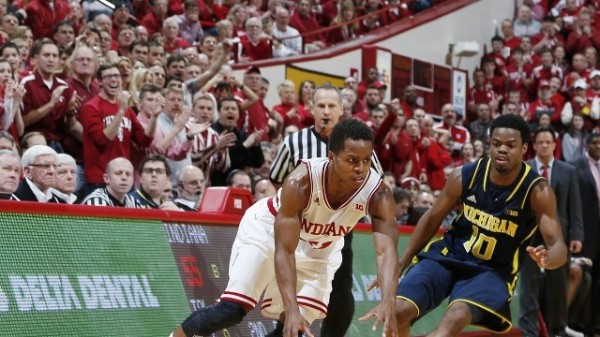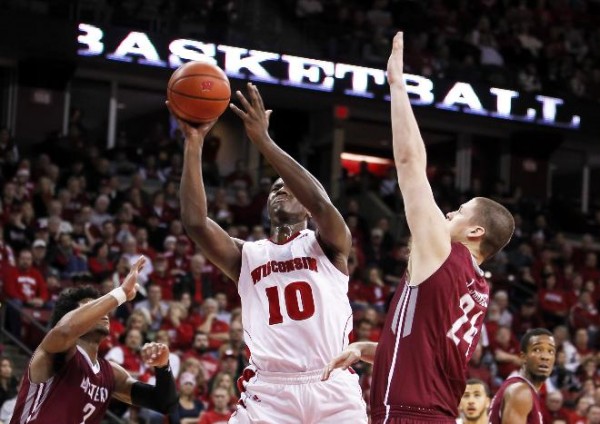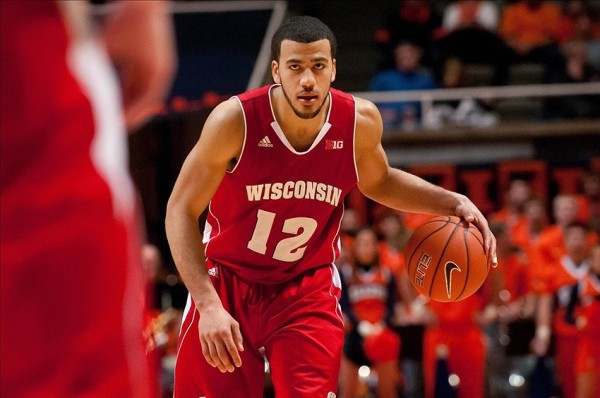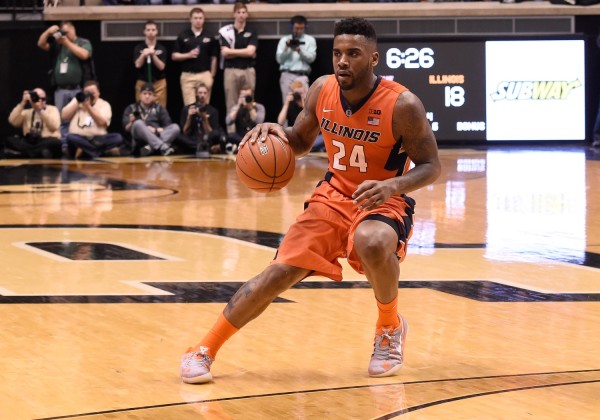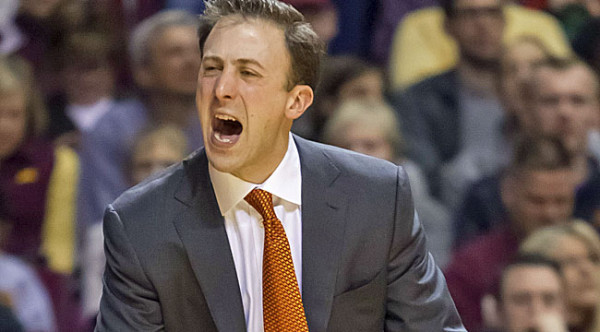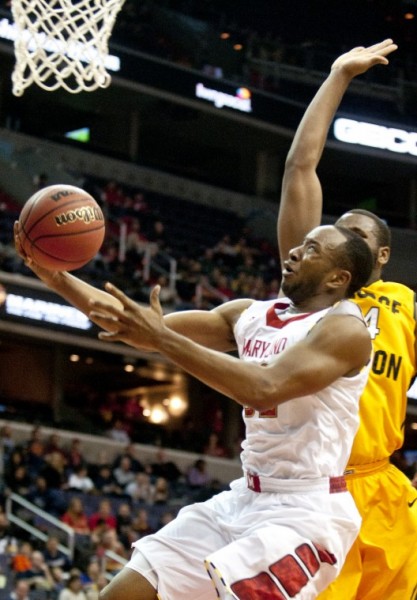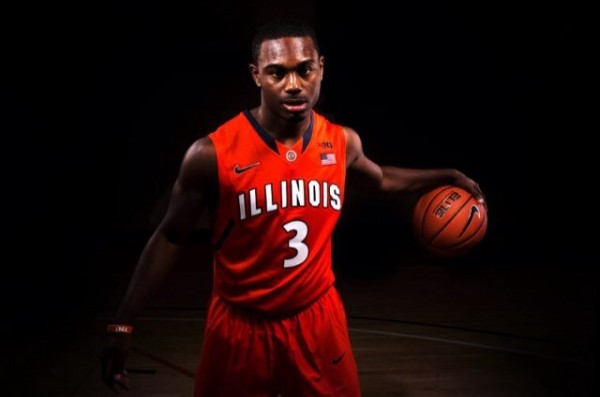Reflecting on Denzel Valentine’s Versatile Career
Posted by Deepak Jayanti on March 3rd, 2016In Fall 2012 Denzel Valentine was an overlooked freshman guard in a class defined by top-25 recruit Gary Harris. Four years of growth later, Valentine leaves East Lansing with an impressive skill set and leadership skills that represents an excellent case study in player development. Since his freshman year, his scoring has nearly quadrupled (from 5.0 PPG to 19.6 PPG); his long-range shooting has significantly improved (from 28 percent to 45 percent); and his assists have tripled (from 2.4 APG to 7.2 APG). While his improvement in several major statistical categories over his career is impressive, his ability to do so without forcing his way into Tom Izzo’s system is worthy of discussion.
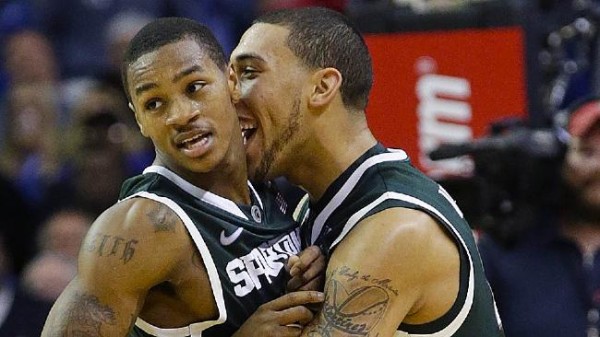
Denzel Valentine (right) had to carve his own identity after Keith Appling (left) graduated (AP Photo/D. Martin)
Being the third option in an offense that traditionally highlights only two guards in the backcourt isn’t easy, yet Valentine was that guy for two seasons behind Harris and Keith Appling. When he was on the floor, he had to learn how to both play off the ball and without screens because Appling controlled the offense and Harris was the designated three-point gunner. Despite the lack of offense run for him, he found other ways to actively contribute, such as grabbing six rebounds per game as a sophomore. Valentine’s first two seasons highlight his perseverance and efforts to impact the game despite not having an integral role within Michigan State’s offense.






























